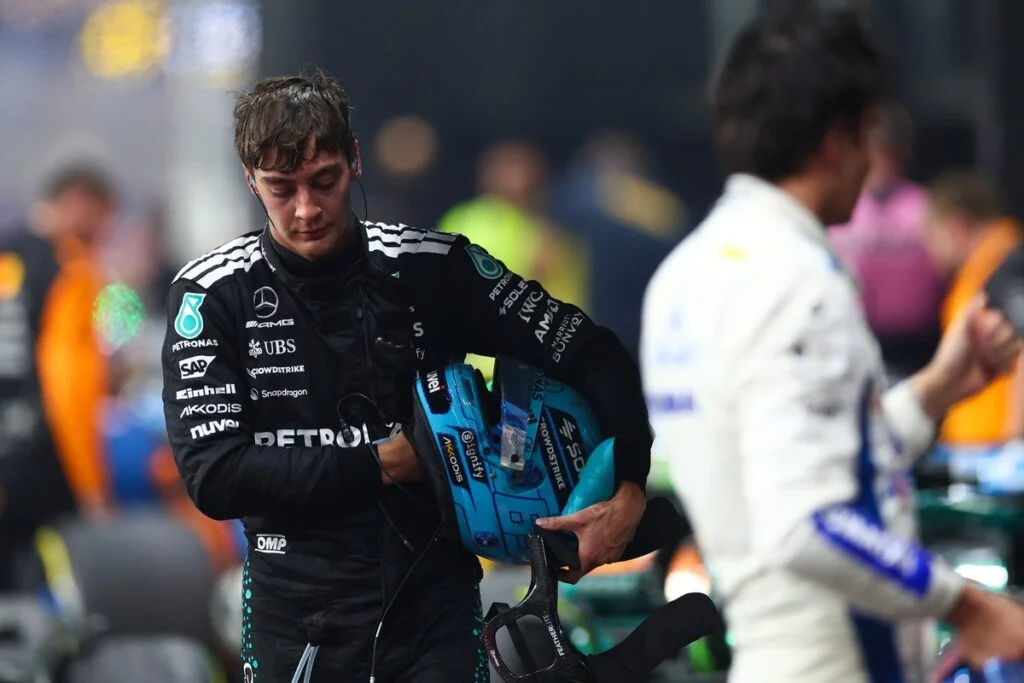Drivers Demand FIA Fine-Tune Cooling Vest Rules Following Formula 1 Heat Issues
In the scorching heat of the 2023 Qatar Grand Prix, several drivers faced varying degrees of heat exhaustion. To address this concern, the FIA has introduced driver-worn cooling vests for the current season. These vests can be used at any time by drivers, but if the ambient temperature exceeds 31°C on Thursday of a grand prix weekend, teams are allowed to install the device without incurring a weight penalty. However, the use of these vests when temperatures don’t reach 31°C has sparked controversy.
Controversy Over Cooling Vest Use When Temperatures Don’t Reach Threshold
The issue arises when the heat index hasn’t reached 31°C, and drivers still wish to use the vest. In such cases, the weight limit isn’t increased, benefiting teams that have managed to get below the mandated 800kg minimum limit and have ballast to spare. This discrepancy is a point of contention for many drivers, including Haas driver Oliver Bearman.
After using the system in practice but having to remove it for the race due to weight concerns, Bearman expressed his frustration, stating, “The whole cooling system is heavy. We’re trying to get the most performance out of the car. We’re not trying to make the car lighter to run the cooling vest.” He further added that he hopes for a change in regulations to allow them to use the vest more freely.
Mercedes driver George Russell, who has been able to race with the device, also voiced his support for lowering the heat threshold slightly. “Maybe the heat hazard should be reduced slightly because we’ve not yet gone over it,” said Russell. “Saudi was hot, Bahrain was hot, here [in Miami] – maybe it could be adjusted by a few degrees.
FIA’s Response and Future Plans for Cooling Vests
However, Motorsport.com understands that the FIA is content with the current 31°C threshold and instead plans to use weather forecasts on race morning to determine if the threshold will be met. This approach was initially proposed but has faced resistance from teams due to potential last-minute changes to their cockpit setups.
Tinkering with weight limits seems unlikely, as teams’ ability to shave off enough weight to install the device without penalty could be seen as an engineering success rather than an unfair advantage. The cooling vests have received mixed reviews from drivers, with some expressing reluctance. However, both Bearman and Russell have given their approval.
Despite the ongoing debate, it is understood that the FIA plans to make the cooling vests mandatory in hot races from next season onwards, giving teams the rest of the current season to further test the system and refine their cockpit installations.
Photos from Miami GP – Practice







